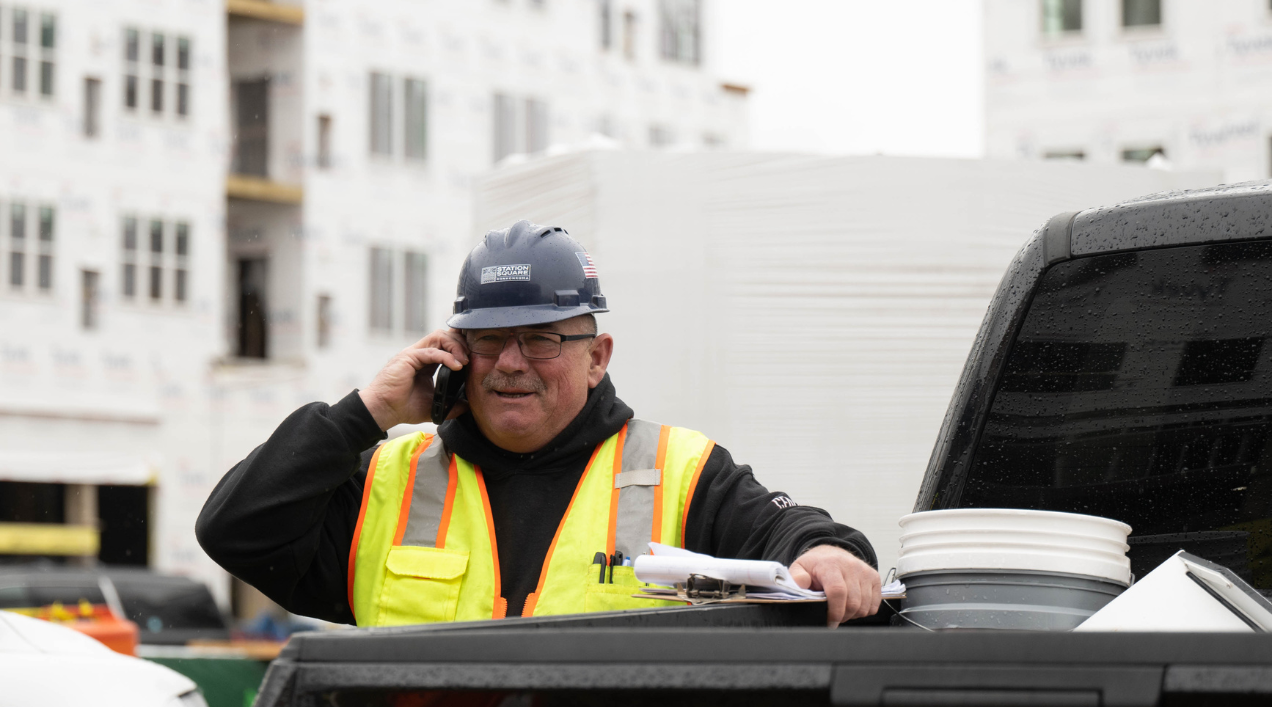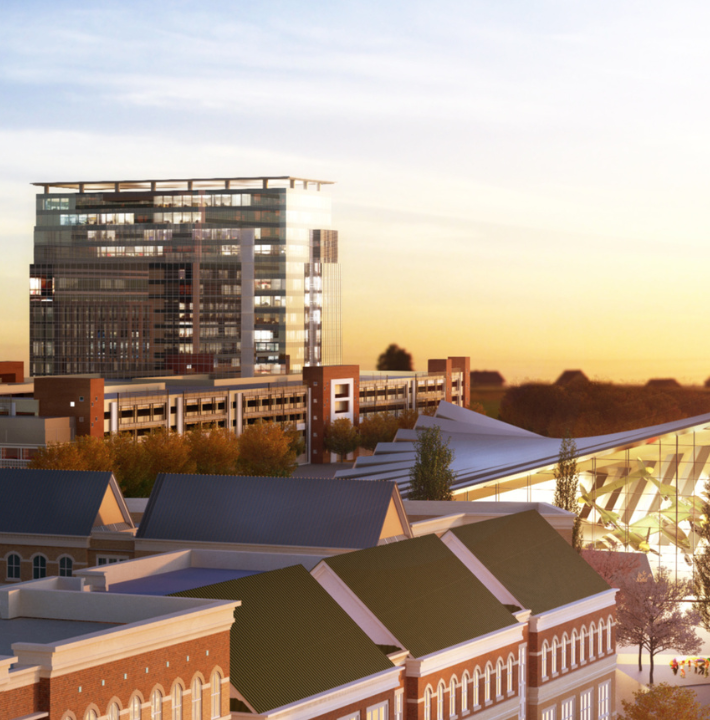When it comes to fire prevention in building construction and design, misconceptions can often cloud the facts. In this article, we aim to debunk common myths surrounding wood framing and shed light on its safety when used as a building product.
Myth #1: Wood framing is more prone to fire hazards.
Fact: Contrary to popular belief, wood framing can be designed to effectively resist fire hazards. Through advanced construction techniques, such as using fire-resistant materials, and adhering to stringent building codes, wood-framed structures can demonstrate excellent fire resistance.
Myth #2: Steel or concrete structures are inherently safer than wood-framed buildings in fire incidents.
Fact: While steel and concrete have fire-resistant properties, wood framing can also provide a high level of fire safety. Wood, when properly treated and protected, can have predictable charring rates, which contribute to the structural integrity during a fire event. In a fire often it is the contents of the building, furniture, carpeting, paper, plastics, electronics, ceiling tiles that will burn. Through fire suppression systems and the use of fire-resistant materials, a wood building will maintain structural integrity so it can be safely evacuated.
Myth #3: Wood-framed buildings are more prone to rapid fire spread.
Fact: When designed and constructed correctly, wood-framed buildings can effectively contain and prevent the spread of fires. Modern building codes and fire protection measures ensure the use of fire-resistant materials, adequate fire barriers, and robust sprinkler systems, mitigating the risk of rapid-fire propagation within wood-framed structures. In all of our buildings, we also maintain the utmost commitment to fire safety in our buildings by diligently installing fire sprinklers, including in interstitial spaces, as part of our stringent measures.
Myth #4: Wood framing lacks durability and longevity.
Fact: Wood framing, especially when treated and maintained properly, can exhibit remarkable durability and longevity. Engineered wood products, such as cross-laminated timber (CLT) and glued-laminated timber (glulam), offer enhanced strength and dimensional stability, making them viable alternatives to traditional materials. Also, regular inspections, maintenance, and the implementation of appropriate fire prevention measures contribute to wood-framed buildings’ longevity.
Myth #5: Wood-framed buildings are not as environmentally friendly as other construction materials.
Fact: Wood framing is a sustainable and environmentally friendly choice. Wood is a renewable resource that stores carbon, reducing greenhouse gas emissions. Responsible forest management practices, coupled with advancements in timber engineering, allow for the construction of energy-efficient and environmentally friendly wood-framed buildings. Wood can often be sourced locally. The production of concrete and steel requires a significant amount of energy, which is typically generated from fossil fuels. The burning of fossil fuels releases carbon dioxide into the atmosphere, which contributes to climate change. In addition, mining raw materials for concrete, such as limestone and sand, can also negatively impact the environment. Steel production can also negatively impact water and air quality. The mining of raw materials for steel, such as iron ore and coal, can pollute waterways and contribute to air pollution.
By embracing the facts surrounding fire prevention in building construction and design, we recognize that wood-framed structures can be designed, built, and maintained to ensure optimal fire safety. Through adherence to building codes, implementation of fire-resistant materials, and proper fire protection measures, wood framing creates safe and sustainable buildings that contribute to the revitalization of communities. By harnessing the benefits of wood framing, we can construct structures that promote environmental responsibility while ensuring the safety and well-being of occupants.

